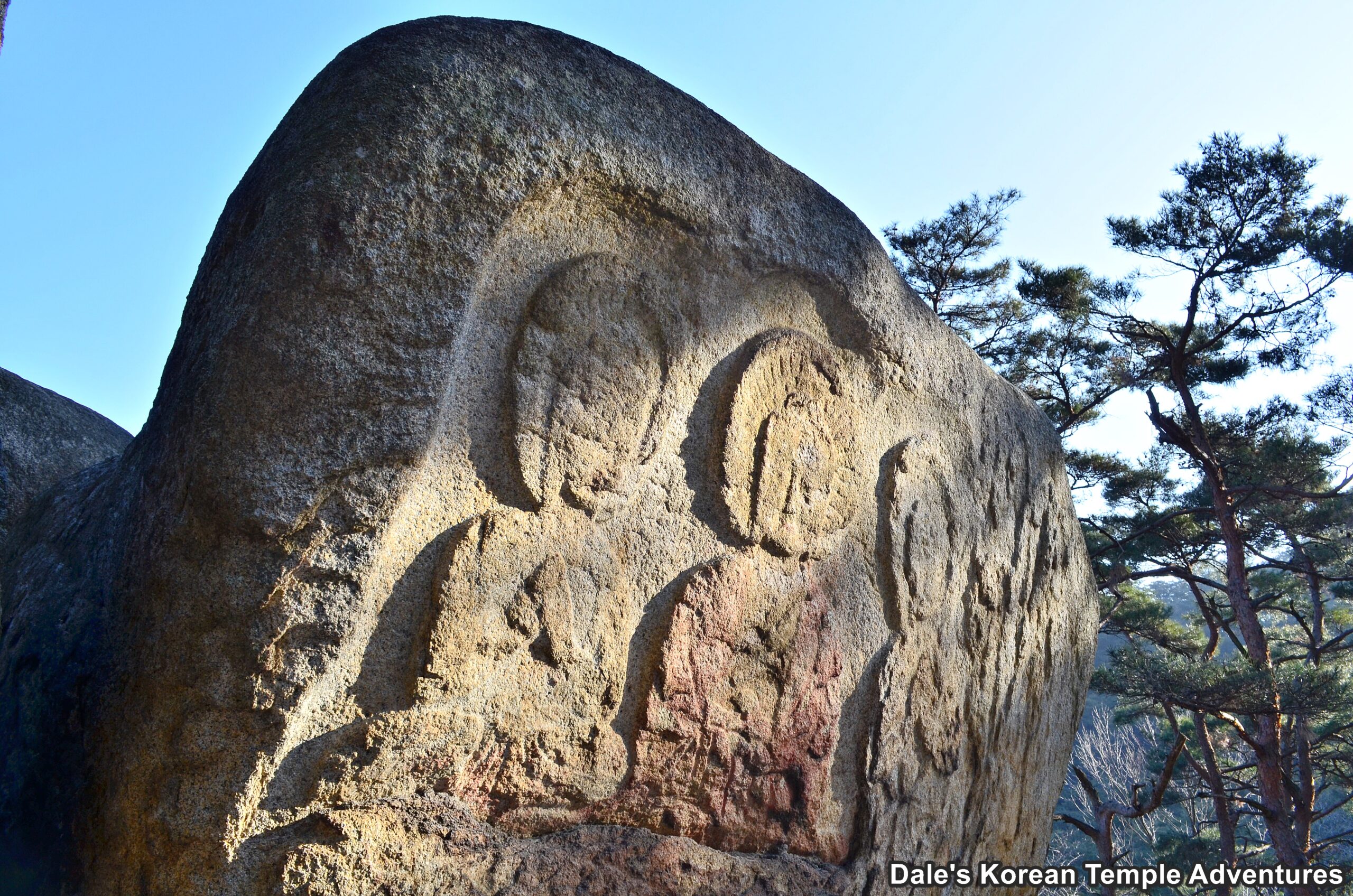
Hello Again Everyone!!
Of the two, Bucheobawi and Okryongam Hermitage, it’s Bucheobawi that you’ve probably traveled all this way to see. Bucheobawi, which means “Buddha Rock,” in English, is located on the northern tip of Mt. Namsan (468m) in Gyeongju. But to get to Bucheobawi, you’ll first need to make your way down a country road, which eventually becomes a trail that runs alongside a stream. About three hundred metres up this trail, you’ll finally come to Okryongam Hermitage. Where the hermitage is presently located was the former site of Sininsa Temple, which was built during Later Silla (668-935 A.D.).
When you first approach Okryongam Hermitage, you’ll be greeted by the Daeung-jeon Hall. The exterior walls to the Daeung-jeon Hall are painted with Shimu-do, or “Ox-Herding Murals,” in English. Inside the compact Daeung-jeon Hall, you’ll find a triad of statues resting on the main altar. In the centre rests Seokgamoni-bul (The Historical Buddha). This statue is joined on either side by Amita-bul (The Buddha of the Western Paradise) and Yaksayeorae-bul (The Buddha of Medicine, and the Buddha of the Eastern Paradise). This triad is meant to symbolize the Buddhist concept of Samsara. And to the left of the main altar triad is a shrine dedicated to Jijang-bosal (The Bodhisattva of the Afterlife).
To the right of the Daeung-jeon Hall are the monks’ dorms. And to the left of the main hall is the Chilseong-gak Hall, which houses the three most popular shaman deities in Korean Buddhism. On the far right wall of the Chilseong-gak Hall hangs a well populated mural dedicated to Chilseong (The Seven Stars). In the middle hangs a new mural dedicated to Sanshin (The Mountain Spirit). Of note in the Sanshin mural is the leopard-looking tiger joining the Mountain Spirit. The final mural in the set of shaman murals is the older, fading mural dedicated to Dokseong (The Lonely Saint).
Past these shrine halls, and the star attraction in the area, is the Bucheobawi, or “Buddha Rock,” in English. In total, there are thirty-four stone relief images that appear on the nine metre tall and thirty metre round rock. The stone reliefs date back to sometime during Later Silla (668-935 A.D.), probably during the 7th century. Of these thirty-four reliefs, you’ll find pagodas, Buddhas, Bodhisattvas, monks, and Bicheon (Flying Heavenly Deities). The rock is meant to show all parts of Buddhism. In total, there are four distinct parts of the rock: the northern side, the western side, the eastern side, and the southern side.
Starting with the northern face of the rock, which is the main focus of the rock, it shows a vast sacred land. In this land, Seokgamoni-bul (The Historical Buddha) teaches Bodhisattvas and Nahan (The Disciples of the Historical Buddha). An image of the Buddha appears seated in the centre of the north face with two beautiful pagodas on either side of the elevated Buddha. One lion guards each pagoda at their base. These spiritual beasts, at least in Korean Buddhism, protect the land of the Buddha. Bicheon and a canopy are carved above Seokgamoni-bul, while the Buddha appears seated on a lotus pedestal. The two pagodas appear to be wooden in composition. The eastern pagoda is nine-stories tall. This relief stands 3.7 metres in height and is believed to be the one that formerly took up residence at Hwangnyongsa Temple. The western pagoda, on the other hand, stands 1.53 metres in height. This pagoda is a seven-story pagoda.
On the western face of the rock, which is narrow, there appears only a single relief. This single relief appears to be a Buddha. Weeping willow reliefs appear to the right of the Buddha, and bamboo appears to the left. The relief is slender, and the head is covered by a nimbus. This side of the wall is presumed to be the eastern part of the sacred land. As a result, this relief image appears to be Yaksayeorae-bul (The Buddha of the Eastern Paradise).
The eastern face of the rock is the widest and tallest part of the massive Bucheobawi. Appearing on the eastern face of the mountain is a triad. The main image in this triad is that of Amita-bul (The Buddha of the Western Paradise). Amita-bul appears seated with his legs crossed under him. A large nimbus surrounds Amita-bul’s head. To the left of Amita-bul appears Gwanseeum-bosal (The Bodhisattva of Compassion). Smaller in size, the relief of Gwanseeum-bosal appears with a small crown on her head. The relief’s two hands are held together and raised towards Amita-bul. A beautiful nimbus appears around Gwanseeum-bosal’s head. Daesaeji-bosal (The Bodhisattva of Buddha Wisdom) should appear to Amita-bul’s right. However, because of age and wear the relief of Daesaeji-bosal no longer exists. Instead, all that still remains of Daesaeji-bosal is the lotus pedestal and part of his robe. This triad is joined by six Bicheon (Flying Heavenly Deities). They appear to glorify this part of paradise that Amita-bul inhabits. The Bicheon toss flower pedals at the triad. And on the lower part of this face of the rock, you’ll find a monk seated upon a cushion and praying with incense floating through the air. There’s also another monk that appears on this side of the eastern rock face. The monk sits below two trees, while training his mind. It’s unclear if this is just a monk in search of the Buddha’s teachings, or if it’s actually Siddhartha Gautama training his mind underneath a bodhi tree in search of enlightenment.
The fourth, and final, face of Bucheobawi is the southern side. The southern side is located uphill. The right side of the southern face has a triad of reliefs; while to the left, there is a shallow shrine that has an image of a Buddha on it. The triad is centred by a relief that sits upon a large lotus flower. And weeping willow reliefs stretch out towards the triad from the left. As for the image of the Buddha to the left, it’s unclear if this is Seokgamoni-bul or a Nahan. Either way, this relief appears without a lotus pedestal and nimbus. And in front of the south side of Bucheobawi is a standing image of a Buddha that’s 1.2 metres in height. Half of the statue’s face has broken away. The feet of the Buddha are carved into the pedestal, while the rest of the body of the Buddha was carved from a different stone.
And to the south of Bucheobawi is a 4.5 metre tall three-story stone pagoda. This is a Silla-era pagoda was rebuilt in 1977 after it had formerly collapsed.
Bucheobawi, which is formally known as the Rock-Carved Buddhas in Tapgok Valley of Namsan Mountain, Gyeongju by the Korean government, is Korean Treasure #201.
HOW TO GET THERE: To get to Bucheobawi and Okryongam Hermitage, you’ll first need to get to the Gyeongju Intercity Bus Terminal in Gyeongju. From this terminal, you’ll need to take a taxi. The ride should take about fifteen minutes, and it’ll cost you around 6,000 won.
OVERALL RATING: 8/10. While Okryongam Hermitage has a nice collection of shaman paintings, it’s really Bucheobawi that’s the main attraction. It’s not every day that you get to see a 1,400 year old four sided rock that stands an amazing nine metres in height and thirty metres in circumference. Other than the sheer number of images that appear on Bucheobawi, the beautiful artistry with which they were rendered make Bucheobawi a must for any temple adventurer, or art lover, for that matter. While definitely off the beaten path, it’s worth the effort to discover and explore.
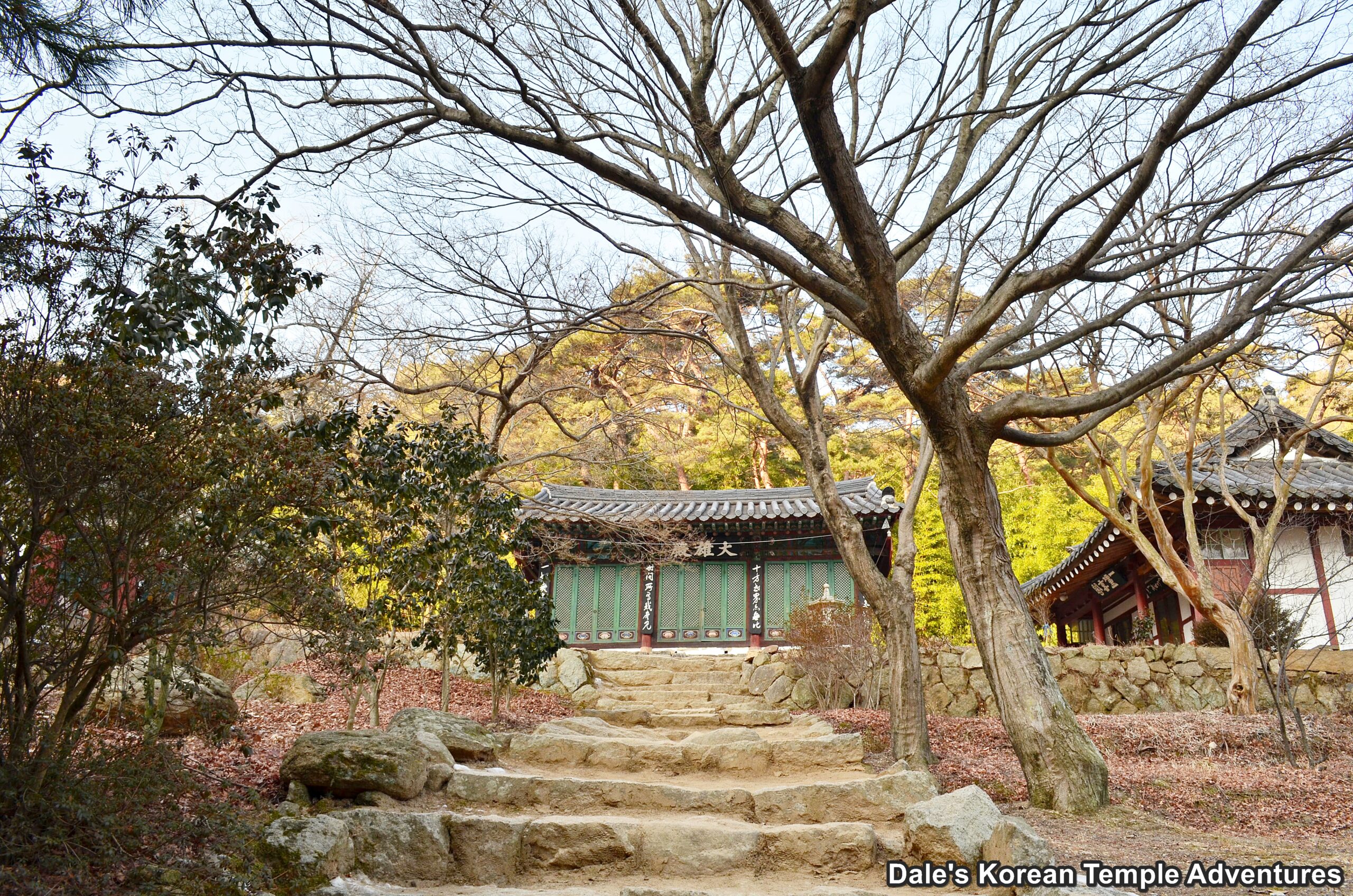
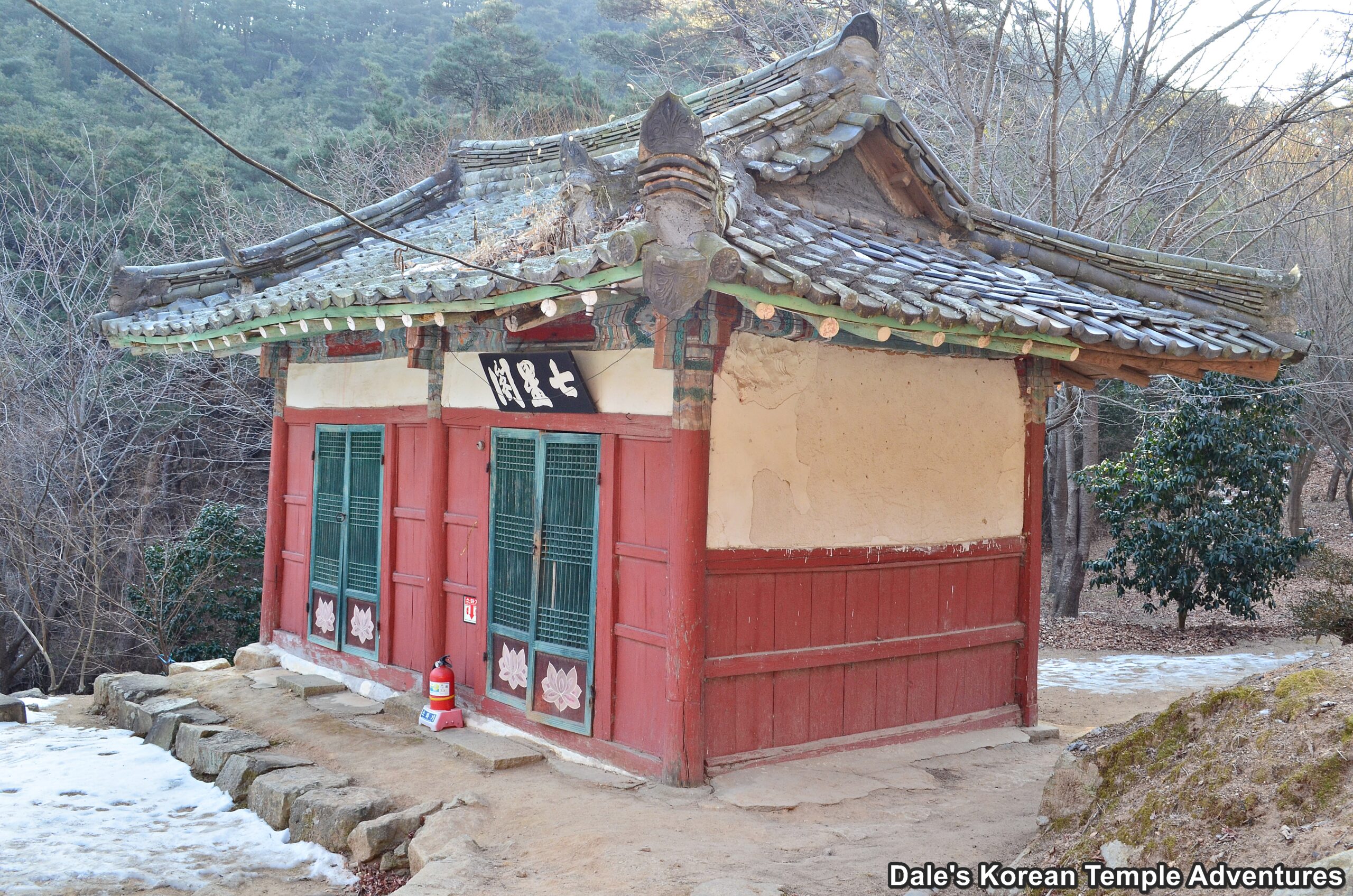
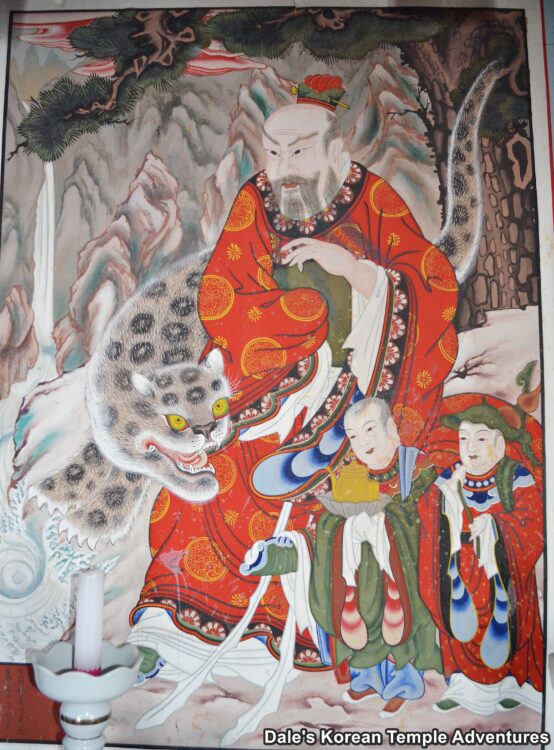

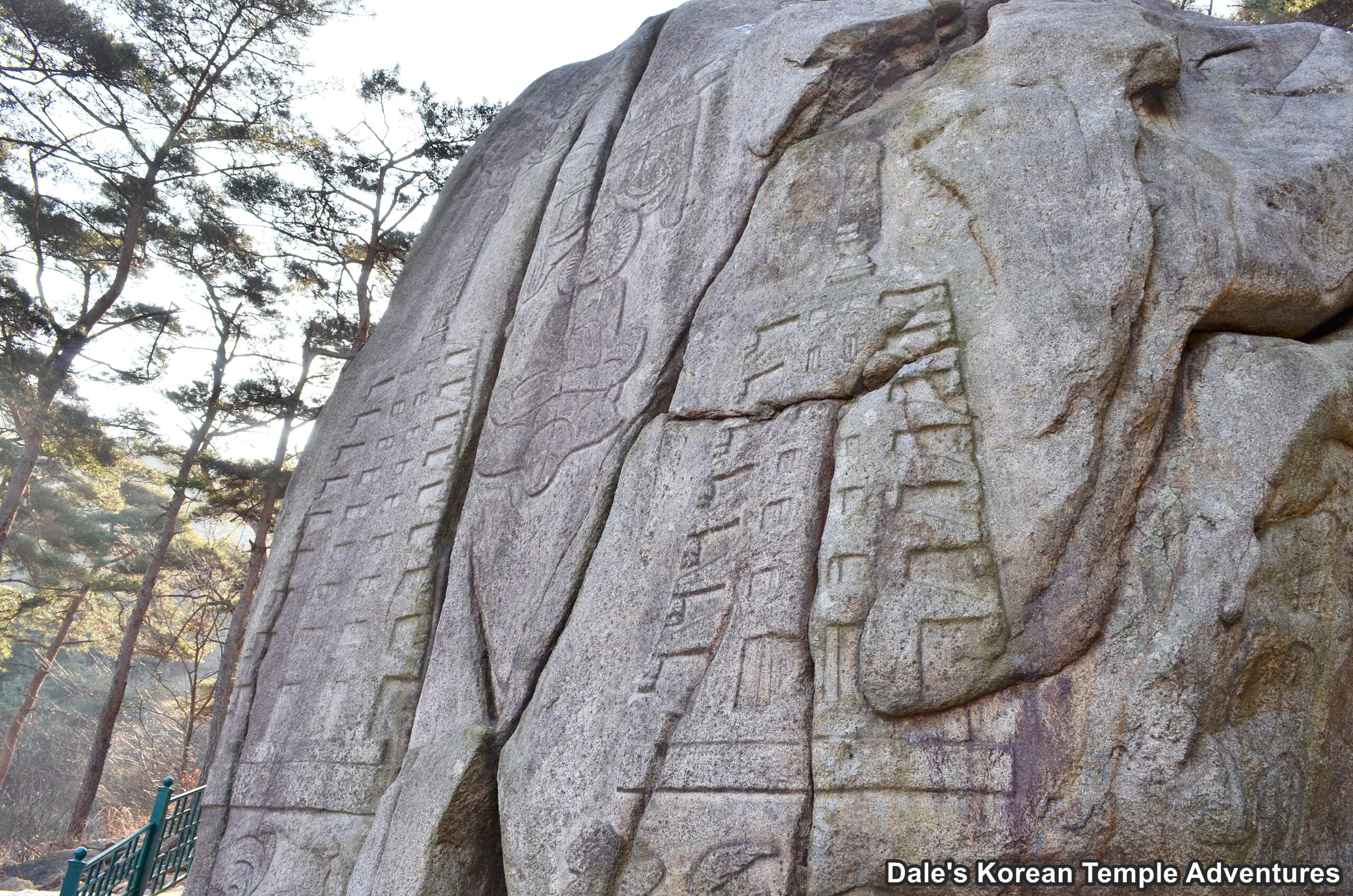

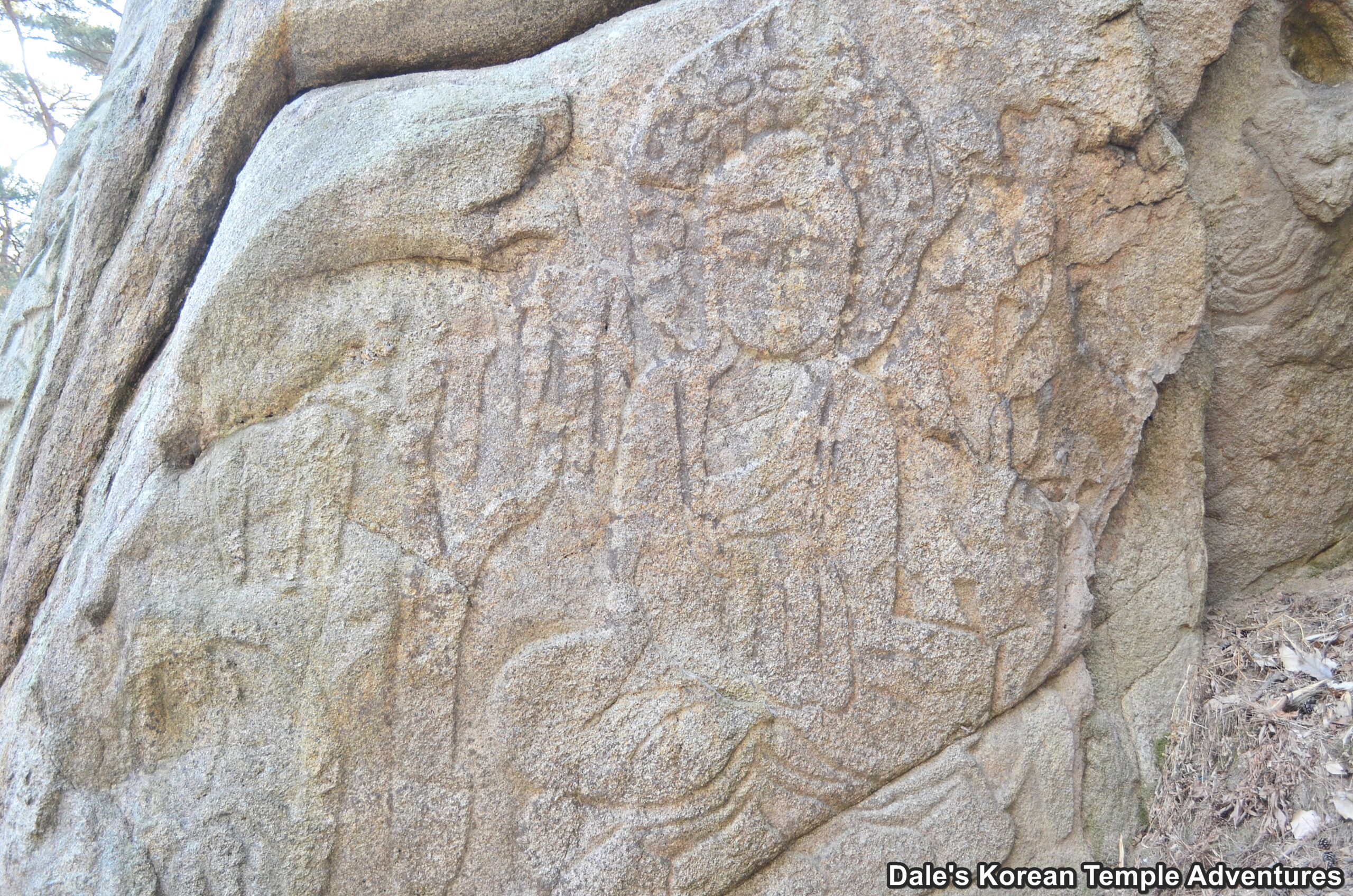
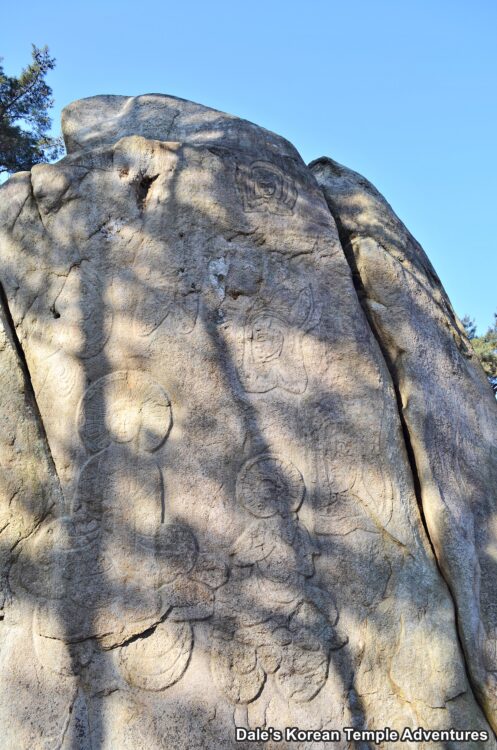
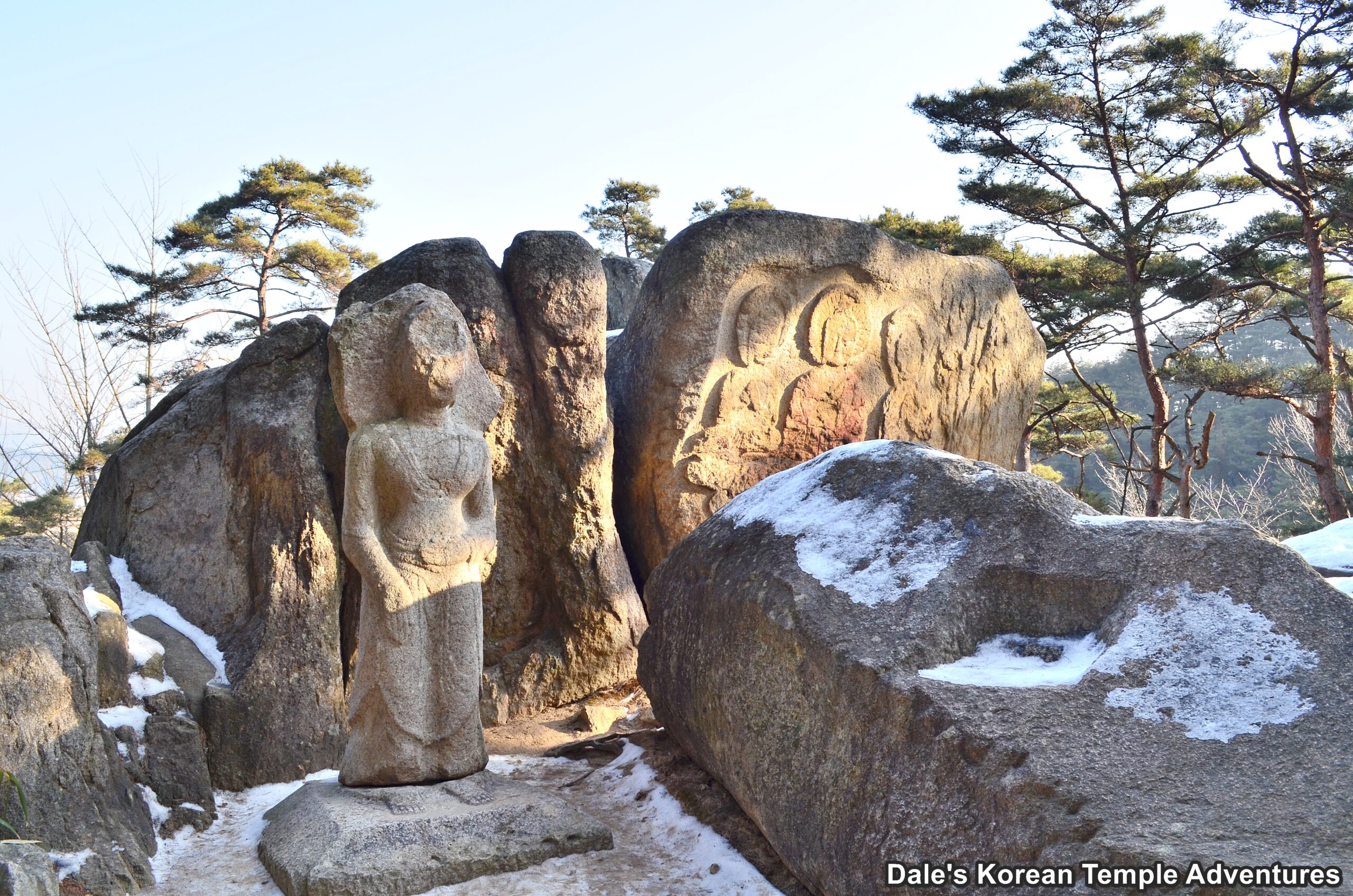
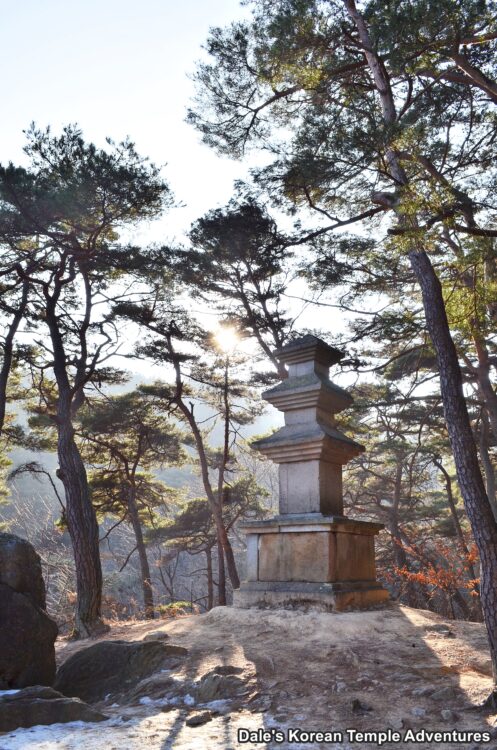


Recent comments